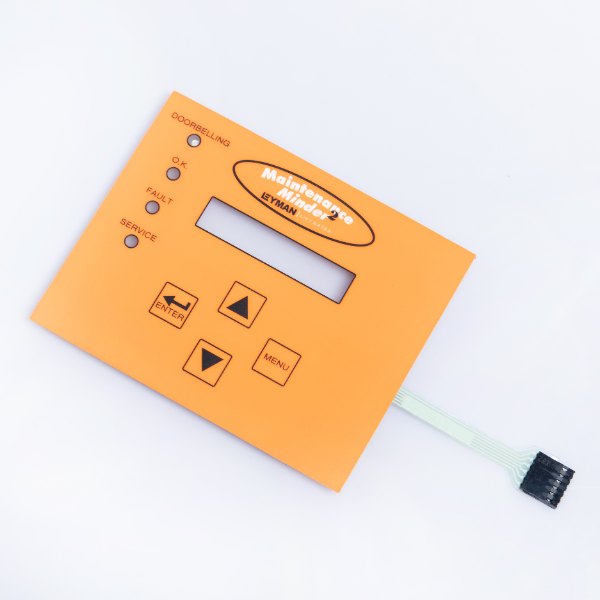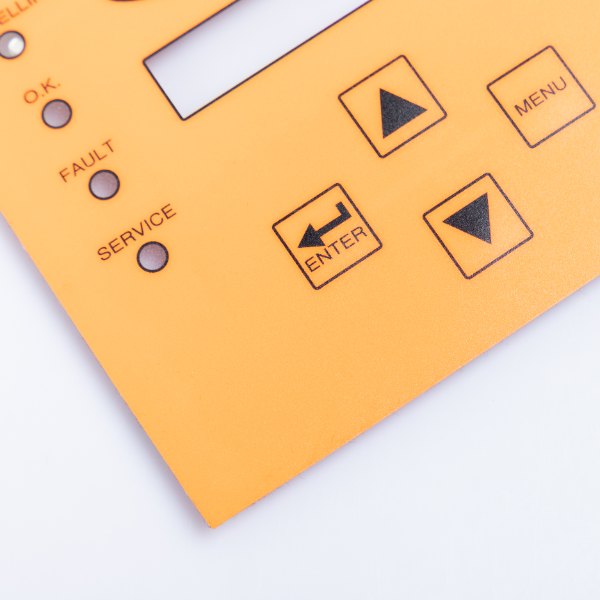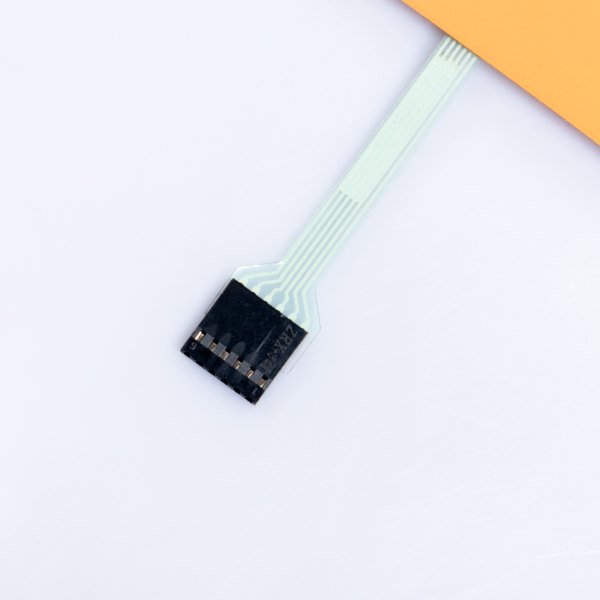Contact
Write to Us And We Would Be Happy to Advise You.
Do you have any questions, or would you like to speak directly with a representative?
By hqt
Silicone rubber keypads are widely used in various industries, including electronics, automotive, and medical devices. They offer a reliable and durable interface for user interaction. When it comes to manufacturing silicone rubber keypads, the cost is an important consideration for businesses. Understanding the factors that affect the cost of a silicone rubber keypad can help in making informed decisions during the design and production process. In this article, we will explore the key factors that influence the cost of a silicone rubber keypad and provide insights into optimizing the manufacturing process.



The quality and quantity of materials used in the manufacturing process significantly impact the cost of silicone rubber keypads. High-quality silicone rubber material with specific properties, such as durability, resistance to environmental factors, and tactile response, tends to be more expensive. The quantity of material required for production also affects the overall cost. Large-scale production typically benefits from economies of scale, reducing material costs per unit.
The complexity of the keypad design is another important factor affecting the cost. Intricate designs with multiple buttons, different shapes, and varying textures require more time and effort during the production process. The complexity also impacts the mold design and manufacturing, leading to higher costs. Simpler designs with fewer buttons and straightforward shapes are generally more cost-effective.
The cost of tooling and mold development plays a significant role in the overall cost of silicone rubber keypads. Creating molds and tooling for manufacturing keypads involves initial investment and development costs. The complexity of the keypad design, including undercuts, textures, and intricate shapes, increases the complexity and cost of mold development. The number of cavities in the mold and the type of mold material used also affect the cost.
The size and thickness of silicone rubber keypads contribute to their cost. Larger keypads require more material, which increases the cost. Additionally, thicker keypads may require additional layers of material or special manufacturing techniques, adding to the overall cost. Smaller keypads with reduced thickness tend to be more cost-effective due to material savings and simplified manufacturing processes.
Printing and graphic overlays add visual elements to silicone rubber keypads. Customized icons, symbols, and text can be printed on the keypads, enhancing their functionality and aesthetics. The complexity and number of colors used in printing impact the cost. Additionally, the choice of printing technology, such as screen printing or laser etching, can affect the overall cost of the keypad.
The quantity of silicone rubber keypads ordered and the lead time required for production influence the cost. Ordering keypads in larger quantities often results in reduced unit costs due to economies of scale. However, expedited production with shorter lead times may incur additional charges. It is important to strike a balance between quantity and lead time to optimize the cost of silicone rubber keypads.
Silicone rubber keypads used in specialized industries, such as medical or aerospace, often require compliance with specific environmental and regulatory standards. Meeting these standards can involve additional testing, certifications, and manufacturing processes, which impact the cost. It is essential to consider the compliance requirements while assessing the cost of silicone rubber keypads for such applications.
The surface finish and coatings applied to silicone rubber keypads affect both their appearance and functionality. Specialized coatings can enhance durability, provide chemical resistance, or improve the tactile feel of the keypads. The type of coating and the application process influence the cost. Highly customized or specialized coatings may result in higher costs compared to standard options.
Packaging and shipping costs are often overlooked when considering the overall cost of silicone rubber keypads. The choice of packaging materials, such as trays, bags, or boxes, can impact the cost. Additionally, the size and weight of the package, as well as the destination for shipping, contribute to the overall cost. Optimizing packaging and shipping methods can help reduce costs and ensure safe delivery.
What are the advantages of silicone rubber keypads?
Silicone rubber keypads offer several advantages, including durability, resistance to environmental factors, and excellent tactile feedback. They are also flexible, waterproof, and resistant to dust and debris. Silicone rubber keypads are highly customizable, allowing for intricate designs and personalized graphic overlays.
Are silicone rubber keypads suitable for outdoor applications?
Yes, silicone rubber keypads are well-suited for outdoor applications. They have excellent resistance to UV radiation, temperature extremes, and moisture. The durable nature of silicone rubber ensures long-lasting performance, even in harsh outdoor environments.
Can silicone rubber keypads be backlit?
Yes, silicone rubber keypads can be designed with backlighting options. Through the use of translucent silicone rubber and integrated LED technology, keypads can be illuminated for improved visibility in low-light conditions. Backlighting adds aesthetic appeal and enhances user experience.
How can I ensure cost optimization during silicone rubber keypad production?
To optimize the cost of silicone rubber keypad production, it is crucial to consider factors such as design complexity, material selection, quantity, and lead time. Collaborating with an experienced manufacturer and discussing your requirements in detail can help identify cost-saving opportunities without compromising quality.
What are the common applications of silicone rubber keypads?
Silicone rubber keypads find applications in various industries, including consumer electronics, automotive, medical devices, industrial equipment, and telecommunications. They are used in control panels, remote controls, keyboards, game controllers, and many other devices that require a reliable and user-friendly interface.
Can I get a custom design for silicone rubber keypads?
Yes, silicone rubber keypads can be custom-designed to meet specific requirements. Manufacturers often offer design services to create keypads tailored to the unique needs of businesses or products. Customization options include different shapes, colors, textures, and printing.
The cost of a silicone rubber keypad is influenced by several factors, including material quality, design complexity, tooling and mold development, size and thickness, printing and graphic overlays, quantity, lead time, environmental compliance, surface finish and coatings, as well as packaging and shipping. By considering these factors and working closely with experienced manufacturers, businesses can make informed decisions to optimize the cost while maintaining the desired quality and functionality of silicone rubber keypads.
Do you have any questions, or would you like to speak directly with a representative?